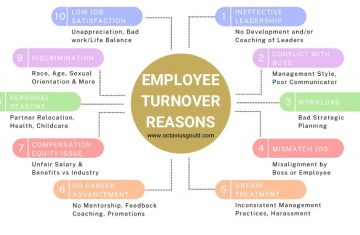Are you a leader looking to elevate your influence? One of the most effective yet overlooked strategies is impression management—the deliberate act of shaping how others perceive you.
Whether you realize it or not, you’re already managing impressions every day. From the way you dress to the words you use and how you show up online, you’re constantly sending signals about who you are. Great leaders understand that perception is powerful—and they use it to their advantage.
Think about the contrast between how you act around close friends versus your parents. You naturally adjust your behavior based on your audience. In the workplace, however, this shift must be intentional. The most effective impression management strikes a balance: it builds credibility while remaining authentic.
What Is Impression Management?
Impression management is the conscious effort to influence how others see you. It’s not about being fake—it’s about being intentional. Leaders often practice it through:
- Thoughtful wardrobe choices
- Professional photos on digital platforms
- Well-crafted bios on LinkedIn or company websites
By carefully curating how you present yourself, you control the narrative, that influences trust, confidence, and professional opportunities.
The Three Types of Impression Management
To master impression management, focus on these three dimensions:
🔘 Nonverbal: Your attire, posture, facial expressions, and even your LinkedIn profile picture.
🔘 Verbal: The tone, clarity, and language you use in meetings, emails, and public speaking.
🔘 Behavioral: Your interactions with others, work ethic, responsiveness, and whether you uplift or diminish your team.
Authenticity Over Perfection
As an executive coach, I don’t believe in molding people into something they’re not. My goal is to help leaders tap into their most impactful qualities and align their external presentation with their inner values. When your public image contradicts your core self, it creates psychological tension—and that’s a roadblock to lasting success.
Instead, I empower leaders to amplify what’s already strong within them—in ways that are principled, genuine, and sustainable.
Take the Lead in Your Story
From day one on the job, your colleagues are watching—quietly forming opinions about your leadership, character, decision-making, and how you respond under pressure. Rather than leaving those impressions to chance, be the author of your own leadership narrative.
Impression management isn’t vanity, it’s strategy. And in today’s high-visibility world, it’s a skill every great leader needs to master.




